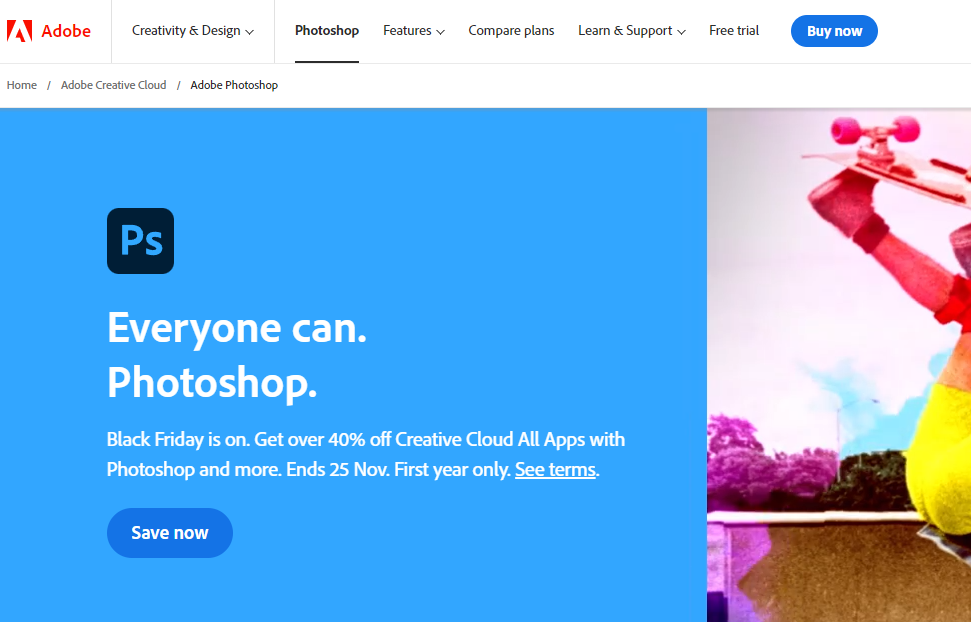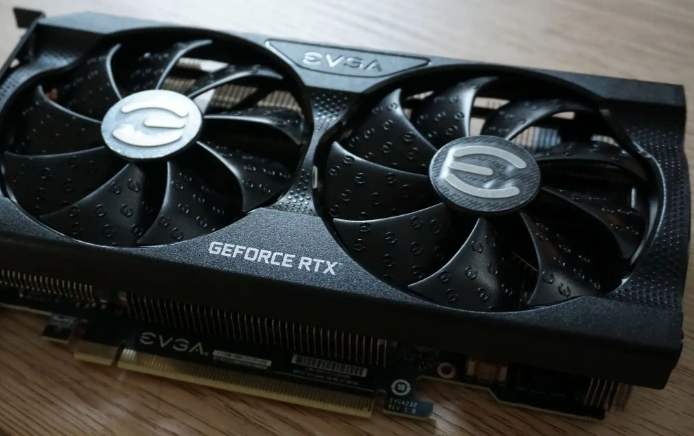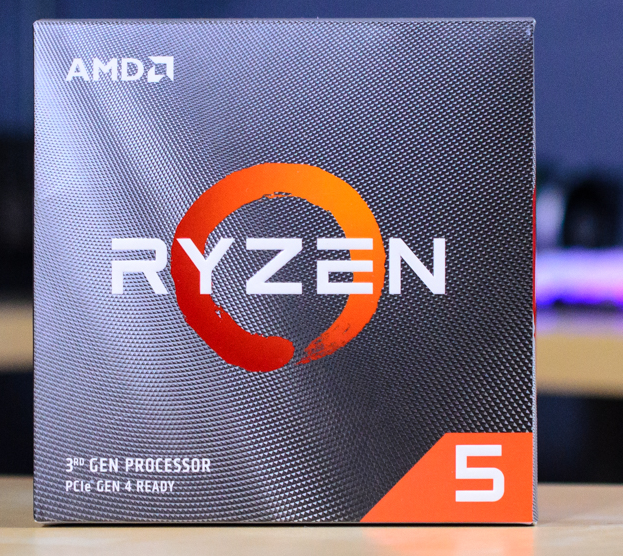Unlike some other software packages, Adobe Photoshop is quite a heavyweight. It also means that it’s very hard to run a full version of Photoshop on older hardware. The result is many Adobe Photoshop users are looking for additional information about how much RAM, how fast their hard drive should be, and so on.
This usually leads to the question: “What are the minimum system requirements to run Adobe Photoshop?” Here, we’ll present to you the breakdown of the complete system requirements of Adobe Photoshop for both macOS and Windows computers.
The minimum system requirements to run Photoshop are as follows:
Operating system:
- Windows: 7, 8.1, or 10
- macOS: 10.13 (High Sierra) or later
Processor:
- Windows: Intel Pentium 4 or AMD Athlon 64 processor
- macOS: Multicore Intel processor with 64-bit support
RAM:
- 2 GB of RAM (8 GB recommended)
Hard disk space:
-
2.6 GB of available hard-disk space for 32-bit installation; 3.1 GB of available hard-disk space for 64-bit installation; additional free space required during installation (cannot install on a volume that uses a case-sensitive file system or on removable flash storage devices). A 1024×768 display (1280×800 recommended) with 16-bit color and 512 MB of VRAM; 2 GB is recommended**
OpenGL 2.0–capable system:
- Additional disk space for disk cache (10GB recommended)
- To use the Content-Aware Fill feature, an additional 6GB of available hard disk space is required.
- To use the optional Adobe Stock service, you must have an Internet connection and registration is required.
Photoshop CC runs best on computers meeting more advanced system requirements, such as those listed below. However, the software will run on most standard computers that meet the minimum system requirements.
Minimum System Requirements for Photoshop CC 2019 (21.0) release

Operating system:
- Windows 10 version 1803 or higher, Mac OS X 10.13 or higher.
Processor:
- Intel® or AMD processor with 64-bit support*; 2 GHz or faster processor.
RAM:
- 8 GB of RAM (16 GB recommended).
Hard disk space:
- 3.1 GB of available hard disk space for 32-bit installation; 4.1 GB of available hard disk space for 64-bit installation; additional free space required during installation (cannot install on removable flash storage devices).
Graphics Processor with Direct3D® Feature Level 9 or higher.
Can Photoshop be used if a graphics card is not installed?
Despite its visual focus, Adobe Photoshop is surprisingly not dependent on the quality of your computer’s graphics utilities to perform well.
Without a dedicated graphics processor, Photoshop can still function at near maximum efficiency. Though there are a few specialized tools that put extra strain on your GPU, they are rarely used in a typical editing session.

Your computer’s built-in graphics ought to be more than capable of handling a Photoshop session, provided it isn’t too old. As a result, you can put that cash toward something that will vastly enhance your time spent in Photoshop, such as a massive screen with a high resolution.
Discrete graphics processing units are only necessary if you intend to begin gaming or perform 3D animation. These applications place heavy demands on your GPU during the rendering process.
Desktop vs. Laptop: How do Adobe photoshop work on them
It’s possible that going mobile will tempt you when checking Adobe Photoshop’s system requirements. When comparing Adobe Photoshop on a desktop computer vs. a laptop, what are the differences?
My personal experience tells me that unless absolutely necessary, you should avoid using Photoshop on a laptop. In the long run, laptops are an expensive and poor investment. In a nutshell, mobility comes at the cost of significant performance loss. If you’re willing to make that sacrifice, your only viable laptop option is the latest generation of Apple MacBooks powered by the M1 chip.
When would you say that a laptop computer is not a good option? Take the central processing unit (CPU) as an example; in a laptop or ultrabook, the CPU is extremely underpowered in comparison to a desktop model, and its design is also quite different. Even though it says “i7” on the box, the processor inside is not the same as the one in a desktop computer. The performance gap is staggering.
For graphics cards, it’s the same story. There’s a simple explanation for this, and it’s that the air conditioning isn’t as efficient. There are other drawbacks, however, let me say this: a laptop that costs $2000 lags significantly behind a desktop that costs the same amount. I would recommend the new Apple M1 chip if you need one specifically for Photoshop.
If you’re looking for a new computer, which one do we suggest?
Consider our $800 configuration as a starting point for Adobe Photoshop. It goes above and beyond the suggested settings, making you ready for any software updates in the future.
The computer has a 480 GB solid-state drive (SSD), 16 GB of 3200 MHz DDR4 memory (RAM), a 480 GB solid-state drive (GPU), and an AMD Ryzen 5 3600X processor.

Any rendering work will be completed much quicker, thanks to the superior CPU. If you intend to take on extremely complex graphics and photo editing, you may also want to invest in a more potent GPU, such as a model from the RTX or Quadro family.
Conclusion
The good news is that almost every computer built within the past few years should be capable of running Photoshop effectively, provided it meets the minimum hardware requirements. But the minimum processor speed is still an important factor and one that might encourage you to upgrade your current hardware if you haven’t done so in a while.